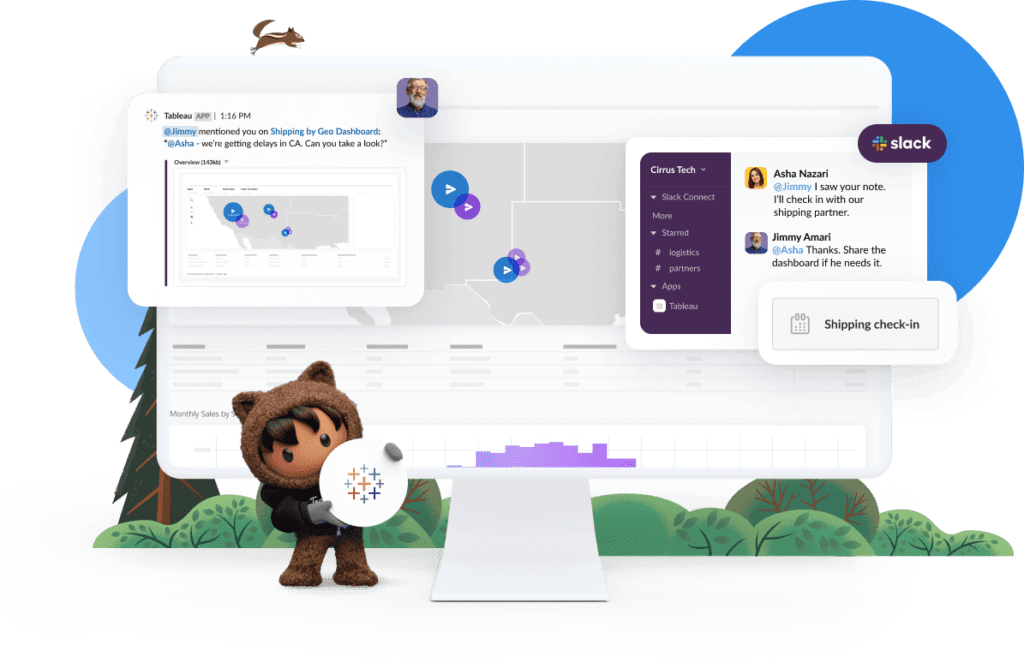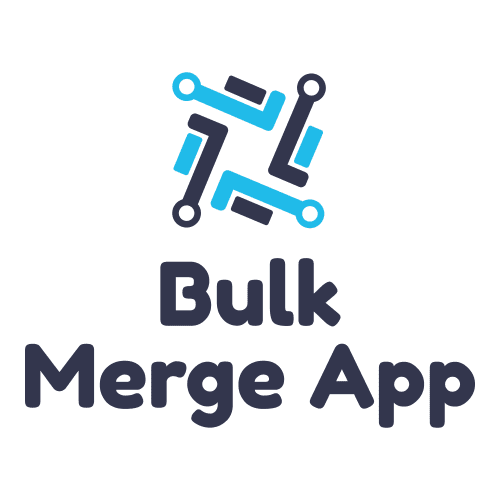“Great experience overall. The breadth of knowledge, professionalism, availability, speed to solution, and ability to interpret even vague user stories and create a solution that resolves the users’ issues in a more complete way than they’d expected, makes Astreca the best among the many consultants and firms I’ve used in my 15 years as an Admin. Read more“
“Astreca has been great for us to fill our resource gaps with Salesforce. The team really helps us fill in where we do not have any expertise, they work well with our other vendors, and they are knowledgeable about many Salesforce products. We really appreciate the support. -CTO”
“It’s been fantastic collaborating with the Astreca Consulting team as they don’t bring the “here today, gone tomorrow” project mentality to your users: they settle in, they understand your business, they understand the user pain points, whether executive or temp, and build solutions that make everyone’s work easier. I could not more highly recommend Astreca.”
“Our experience with Astreca Consulting was a fanstastic one. Swanand and his team bring a wealth of knowledge and experience to the table. They have a great ability to understand our issues and think of creative solutions. We have been thrilled with the relationship.”
“Working with the Astreca Consulting team has been a great experience. They are very knowledgeable. They listen to our needs and create or discover solutions to help better our business.”
“The Astreca team is very professional. They’re really good at understanding our problems and coming up with clever solutions.They listened to our needs and pain points and were able to offer practical solutions to help.”
“Astreca Consulting team was very knowledgeable, professional, helpful and attentive to our needs.
We had the best experience and would recommend Astreca to everyone.”
“This team is knowledgeable, responsive and easy to work with.”
“Astreca has been a valuable partner. They are extremely skilled in all things Salesforce and continue to drive significant value for our organization with every project they complete.”
“Exceptional sense of service and the ability to work with and engage users at all levels and all roles to develop complete customer requirements so your project can be completed, on time, and without delays for features and functions that weren’t mentioned in the beginning. a broad scope of hands-on knowledge about process
Read more.”
“Swanand and his team at Asteca go above and beyond to try and provide a good user experience for their clients, I would recommend them for your salesforce integration needs”
“Astreca was instrumental in our second M&A bringing expertise in Salesforce and HubSpot to the migration data into a single org. The Team has tackled post migration record consolidation with exceptional detail. Our Revenue Operations and Data teams have been working with Astreca for nearly a year on various projects.
Read more.”
“We explored various vendors for an ambitious Salesforce project that combined both standard SFDC capability elevation and improvements to how SFDC directly integrates with our SaaS solution. We decided on Astreca due to their availability, pricing, and expertise and I can’t adequately express how happy I am with that decision.
Read more.”
“Swanand and team did an excellent job in tailoring the Salesforce platform to our needs. As well as modify the interface so that it worked for our team, the training and follow up was exemplary. In conclusion, Salesforce is now a tool that is truly effective in managing our sales efforts.”
“Flexible, responsive partner willing to work within our organizational structure and timeframes.”
“The integration portion of my set up was successful, but due to the complexity of my integrations, I am still not trained in Salesforce 3 months later.”
“Very organized and excellent communication! I thoroughly enjoy working with Swanand!”









